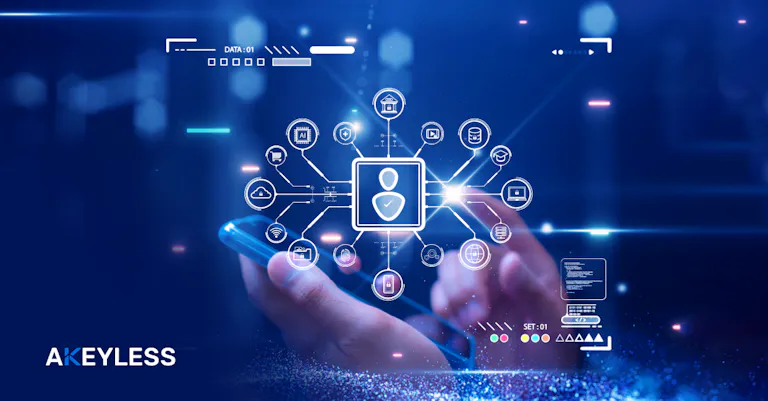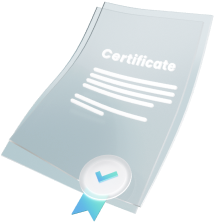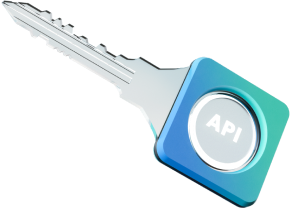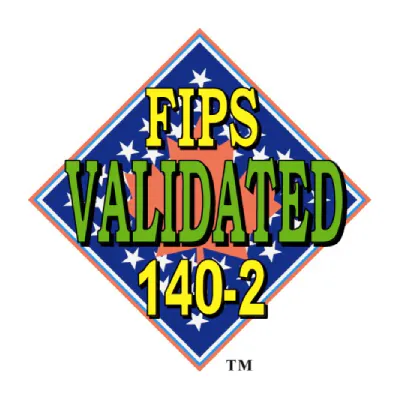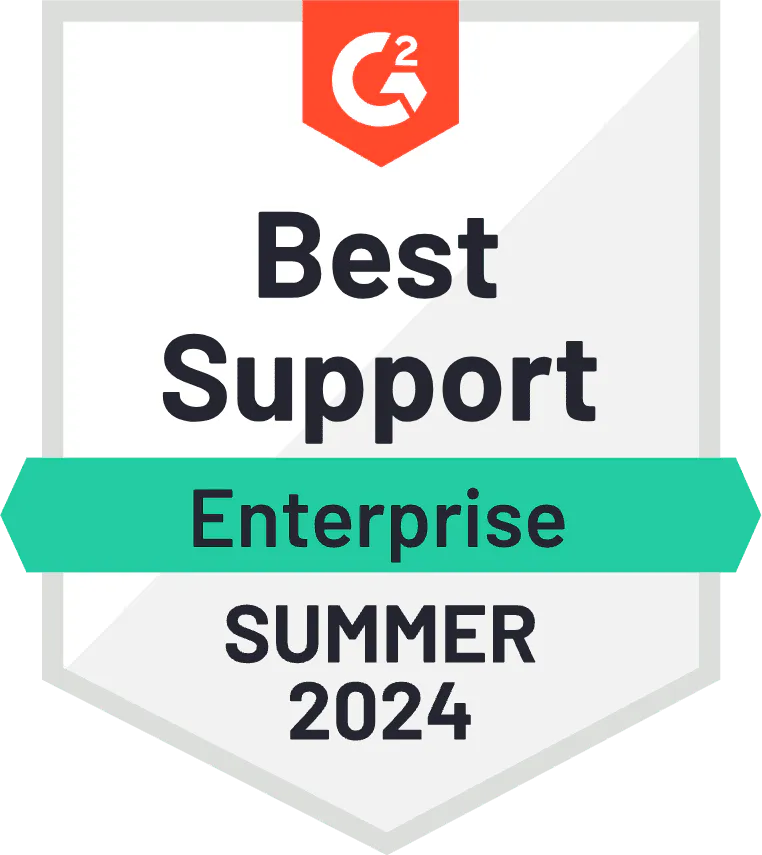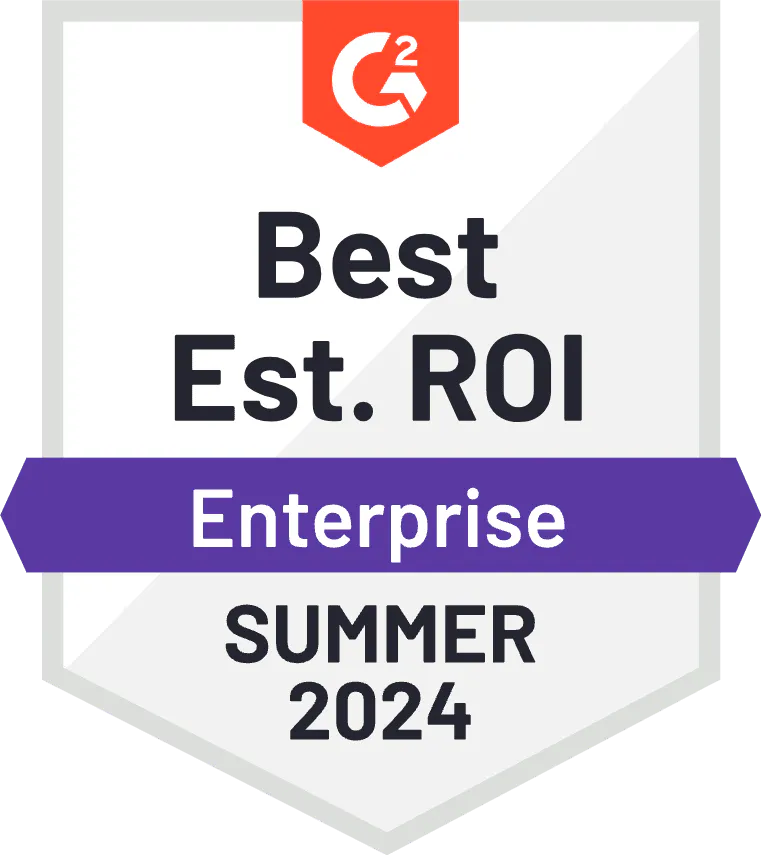Posted by Joyce Ling
August 4, 2023
In this blog post, we will discuss how embracing cloud identity can simplify your workflow and make secret rotation a reality. But first, why does it matter?
Introduction
As the complexity of cloud infrastructure has grown, so has the access needed between services and applications.
For example, within a cloud environment, you might have multiple applications or services that need to interact with each other. Each of these has its own “identity” in much the same way a human user does. They might need to authenticate themselves (prove who they are) and be authorized (be given specific permissions) to access other resources within the cloud. These components can span across different cloud providers or on-premise environments, which complicates how they communicate and authenticate to each other.
Pairing cloud identity with a secrets management platform, however, simplifies these access relationships. This leads to more efficiency and better security, which we will expand on later in this post.
First, let’s discuss what we mean by a secrets management platform.
Secrets Management for Cloud-based Applications
Secrets management platforms, as a fundamental concept, offer a critical solution to the storage and security needs of sensitive data. These platforms refer to the software that helps businesses store, manage, and control access to delicate information such as passwords, API keys, tokens, and certificates. In an era where data breaches are increasingly common and devastating, secrets management platforms have become indispensable in maintaining robust security.
Software-as-a-Service (SaaS) secrets management takes this concept a step further by providing these services online. This means that organizations can leverage these features without having to host or maintain any infrastructure themselves. The benefits of SaaS secrets management can be even more advantageous due to the enhanced convenience, scalability, and cost-effectiveness that this model provides.
In simplifying access relationships, the main benefit with secrets management platforms is the ability to centralize secrets in one, secure location. Centralization allows you to track and manage secrets more effectively, simplifying the authentication process.
In the case of Akeyless, a SaaS-based secrets management platform, it doesn’t just store credentials securely—it also integrates with any cloud provider via a lightweight, easily deployable container that we call a Gateway. Deploying this Gateway opens a secure, one-way connection from the Akeyless SaaS to the environment it sits in. The Gateway makes Akeyless faster, cheaper, and more secure to deploy in hybrid environments, setting it apart from other solutions.
Why Secrets Management?
Many organizations don’t use a secrets management platform like Akeyless to centralize secrets or automatically handle secrets rotation.
This can lead to several problems:
- Operational Burden on Developers: The onus is on developers to remember to rotate credentials regularly. This extra task can result in operational strain and increase the chances of errors or oversights.
- Operational Burden on Compliance: Compliance teams need to ensure that developers follow the credential rotation process and maintain strict security practices. This extra scrutiny adds to the operational load and necessitates continuous monitoring and enforcement.
- Developer Access to Secrets: Since there is no centralized storage place for secrets, developers have direct access to the secrets. This poses a potential security risk if access falls into the wrong hands or if developers unintentionally misuse the secrets.
- Manual Process: The entire credential rotation process is manual, depending heavily on human intervention at every step. This reliance increases the likelihood of errors, delays, and inconsistencies, which could result in security vulnerabilities and potential service disruptions.
Let’s dive into how using a secrets management platform like Akeyless can resolve these challenges.
Managing Credentials with Akeyless
Let’s start by discussing how it looks to manage credentials with Akeyless:
First, an engineer must create a high-level credential with elevated permissions. This elevated role is then assigned to the Gateway, giving it the ability to manage secrets for other applications. Akeyless can automatically rotate this secret at a set interval, which is both a security best practice and a compliance requirement.
Then, when an application needs to access the cloud environment, it goes through several steps:
- It authenticates to Akeyless, which is hosted in its own environment. Once authenticated, Akeyless sends a request to the Gateway, which sits in the cloud environment.
- The Gateway uses its high-level credential to request that the cloud provider provide a credential for the application making the request.
- The Gateway sets a timer for the newly created credential and sends it back to the application for temporary use.
- Once the timer runs out, the credential expires and the application no longer has access.
In the described scenario, adopting Akeyless addresses the challenges discussed before:
- Automatic High-level Credential Rotation: There is no longer a burden on developers or compliance teams to ensure credential rotation. The Gateway automatically handles the rotation process, ensuring credentials are refreshed within specified intervals.
- Developer Access to Secrets: Developers no longer have direct access to high-level secrets. The Gateway, managed by Akeyless, handles secret management, reducing the risk of unauthorized access or mishandling.
- Security and Efficiency: Applications receive temporary credentials as needed, following the principle of least privilege. These credentials provide sufficient access for the application’s runtime requirements without compromising security.
Despite these advantages, there is still room for improvement. Using cloud identity can make things even more secure and efficient, which we will discuss in detail.
What is Cloud Identity?
Cloud identity, or cloud authentication, refers to the ability for services or applications to use its relationship with a cloud platform (e.g. Microsoft Azure, Google Cloud Platform, AWS) to authenticate without credentials.
Here’s a simple analogy: imagine a large conference with both attendees and staff members. Attendees have to bring their ID in order to prove who they are; staff members are, in a sense, already pre-approved. Since they work for the conference, they have a badge that authorizes them to enter the conference without showing their ID every time.
In the same way, applications using cloud identity can authenticate without credentials because they are already seen as a “staff” member. This removes credentials from the equation and makes access workflows much simpler—there’s no longer a need for rotation, tracking, or the added complication that credentials can bring.
In the next section, we’ll dive further into these benefits by using Akeyless as an example.
Using Cloud Identities with Akeyless
When pairing Akeyless with cloud identity, the authentication process largely remains as before. The Gateway generates a temporary credential for the application. However, there is an important distinction: instead of having its own high-level credential, the Gateway authenticates using its cloud identity.
Previously, we discussed the main improvements of using a SaaS platform: preventing developer’s direct access to high-level secrets and provisioning temporary credentials at runtime. Authenticating with cloud identity maintains the same benefits, while offering further advantages:
- Credential Rotation Becomes Obsolete: Since the SaaS no longer authenticates with a credential, there is no need for credential rotation. Without credentials to track and manage, we simplify the overall process, reducing time lost to manual tasks and complications.
- Boosted Compliance and Security: By removing credentials from the equation, you also remove the potential to mismanage or lose credentials. Using cloud identity to authenticate your SaaS secrets management platform improves compliance and strengthens security measures. With fewer credentials in circulation, there’s a reduced risk exposure, enhancing the security of the entire system.
Coupling cloud identity with SaaS secrets management simplifies cloud access management, fortifying security, compliance, and operational efficiency.
Conclusion
In wrapping up, it’s clear that secrets management platforms, and particularly SaaS offerings, are key tools for navigating the complexities of today’s cloud environments. Akeyless shines in this field with its unique Gateway solution that simplifies the authentication process and reduces operational burdens.
Further integrating cloud identity with secrets management amplifies these benefits. By eliminating the need for constant credential rotation and reducing risk exposure, it strengthens security, streamlines compliance, and drives operational efficiency across diverse cloud ecosystems.
About Akeyless
Akeyless is a born-in-the-cloud secrets management platform for enterprise DevOps teams. Easy to set up and scale, it has integrations for every use case and comprehensive logs for troubleshooting and auditability.
Ready to learn more about Akeyless? Get a custom demo today at akeyless.io.
